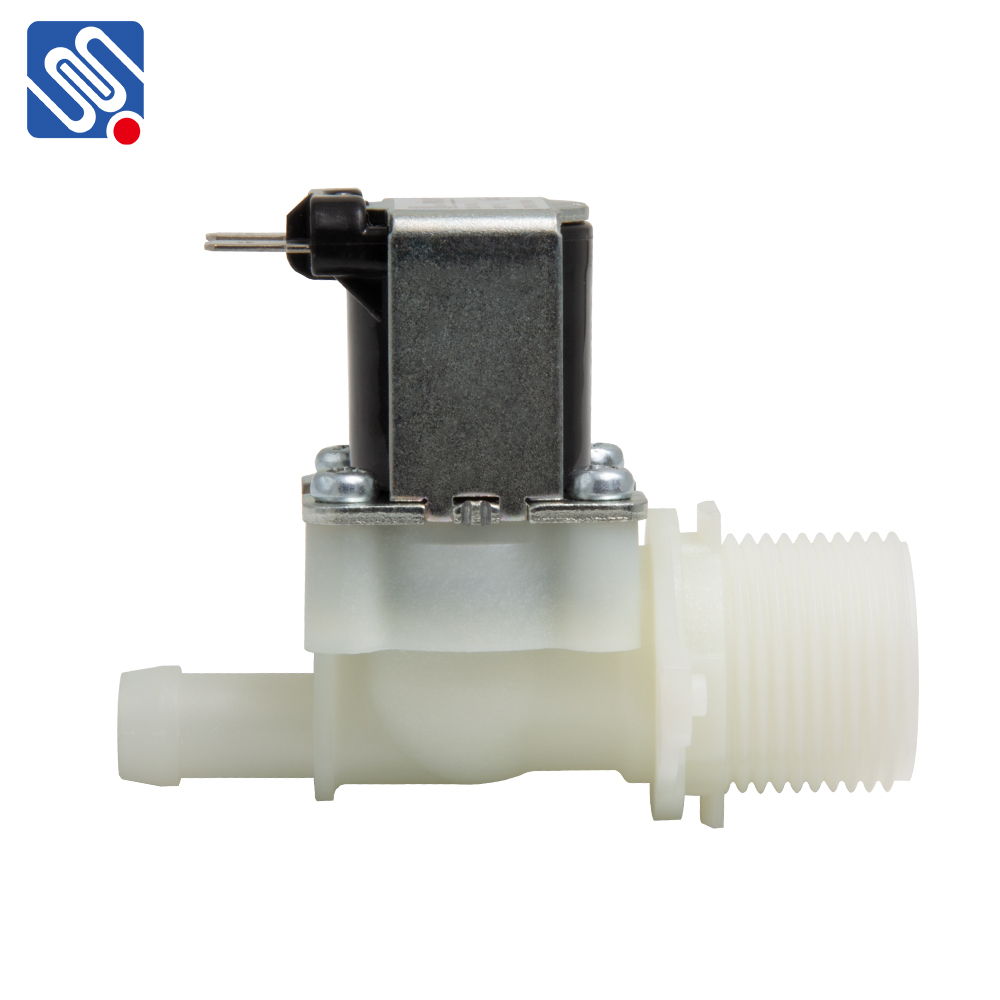A Water Solenoid Valve is a crucial device used in water management and control systems. It functions as an electrically operated valve that regulates the flow of water in various applications, from industrial systems to household appliances. With the advent of automation in water systems, solenoid valves have become indispensable in ensuring efficient water management, reducing waste, and providing precise control over water flow. This article explores the workings, applications, benefits, and considerations of Water Solenoid Valves in modern water control systems.

What is a Water Solenoid Valve? A Water Solenoid Valve is an electromechanical valve that opens or closes in response to an electric signal. The valve consists of a solenoid, which is a coil of wire, and a plunger or piston that opens or closes the valve when the solenoid is energized. When current passes through the solenoid coil, it generates a magnetic field that moves the plunger, allowing or blocking the flow of water through the valve. These valves can be designed to function either normally open (NO) or normally closed (NC), depending on the intended application. Water solenoid valves are commonly used in systems where the control of water flow is needed on-demand. They can be found in applications such as irrigation systems, water filtration systems, washing machines, and cooling systems, where automatic and remote control is required.